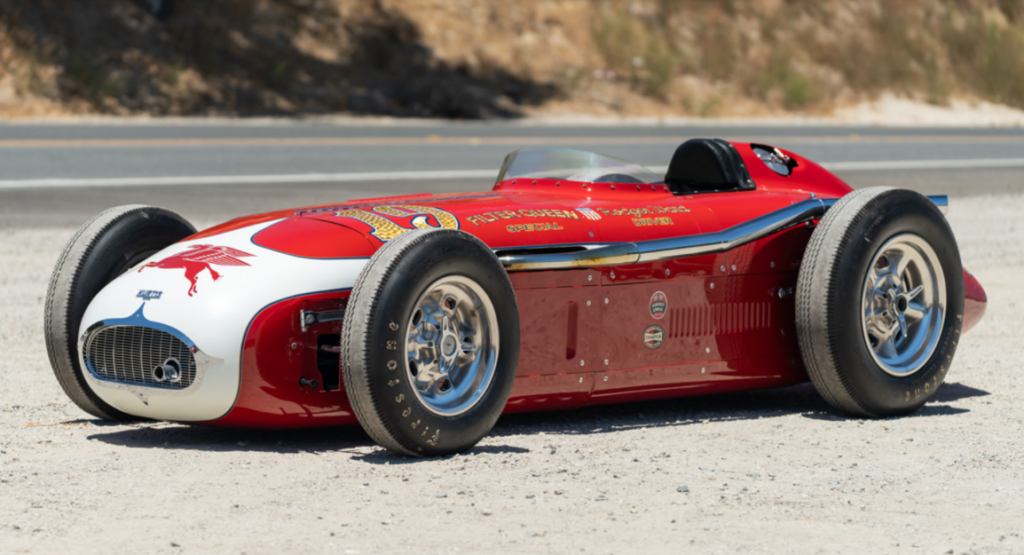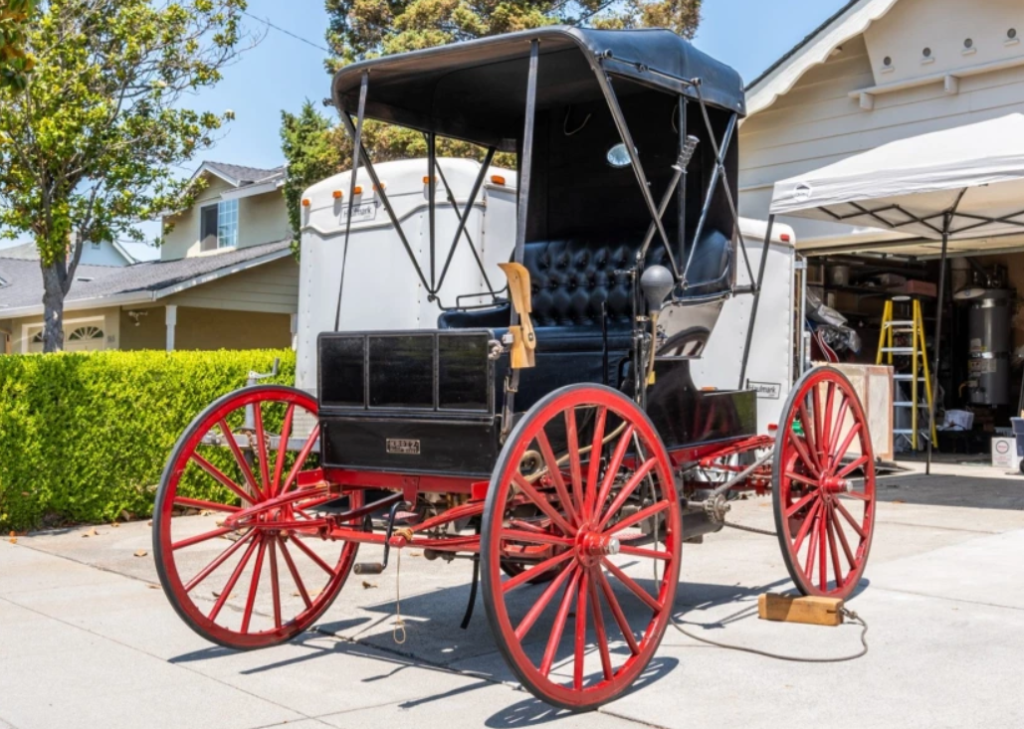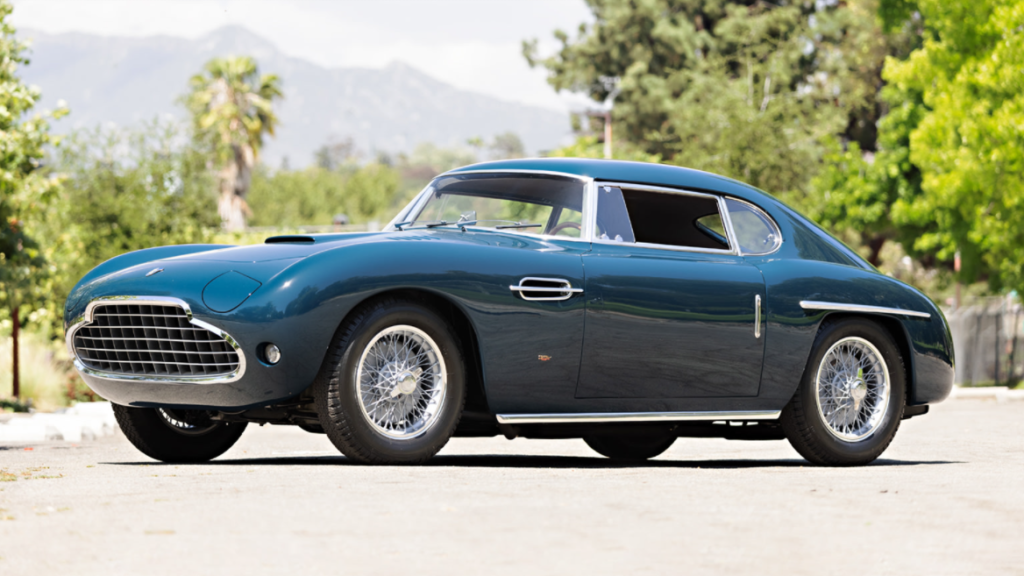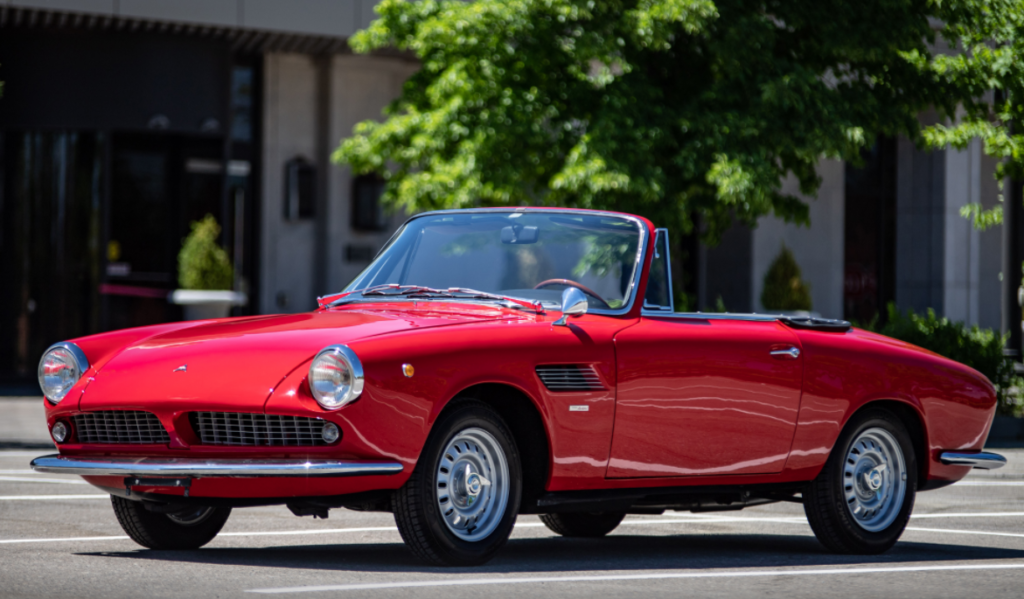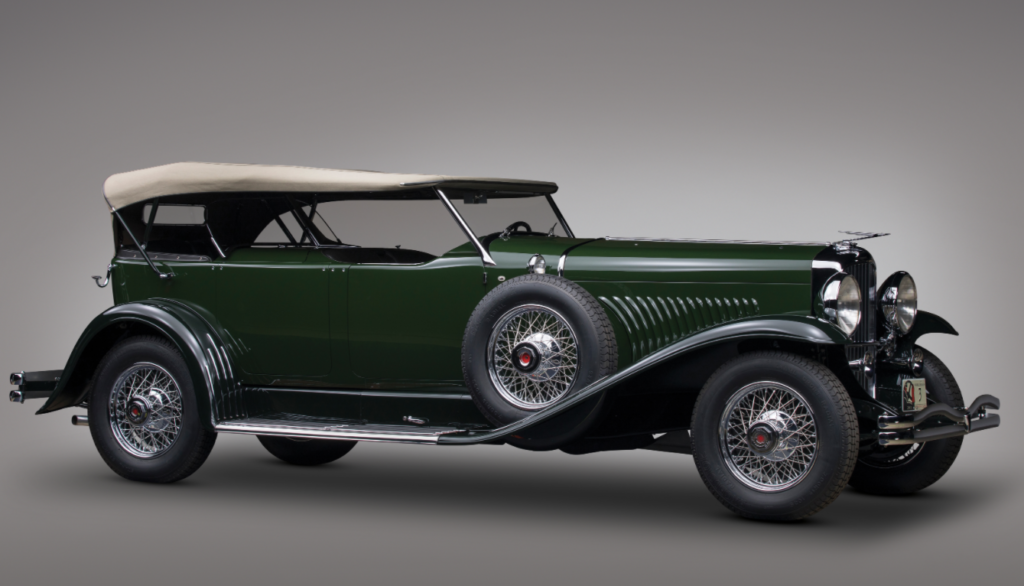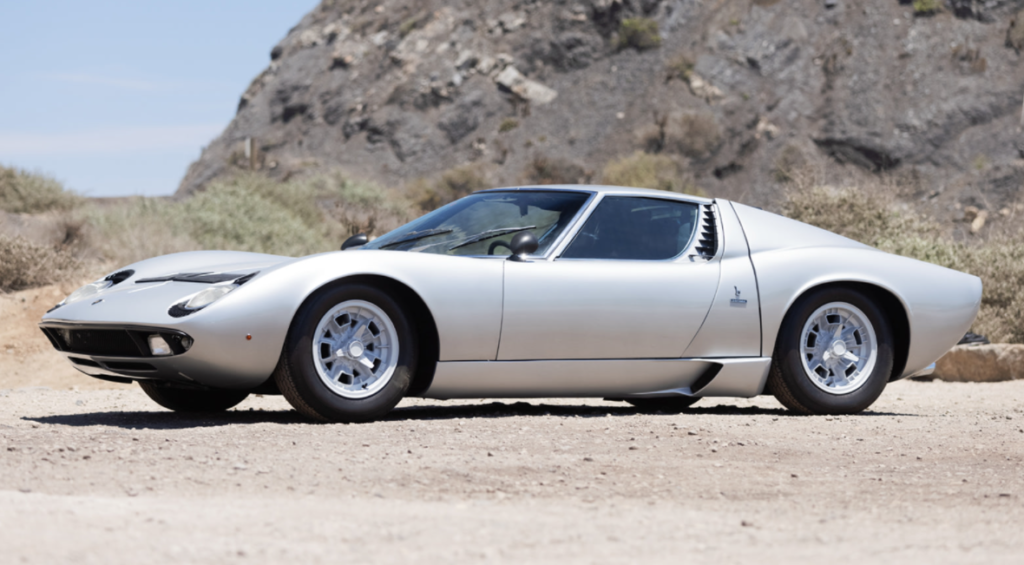1948 Talbot-Lago T26 Record Sport Cabriolet Decapotable by Figoni et Falaschi
Offered by Bonhams | Carmel, California | August 13, 2021

That’s about the longest headline/car name we’ve ever featured. Yeesh. The Talbot-Lago T26 was introduced in 1946 and was based on a pre-war design. The T26 Record featured hydraulic brakes, a pre-selector transmission, and a 4.5-liter inline-six capable of 170 horsepower. There was a sport version called the Grand Sport that had an additional 20 horsepower.
And there was an even hotter version that was called, somewhat confusingly, the Record Sport, which shared the Grand Sport’s engine but with an aluminum cylinder head. Only 36 were built.
But what really have here is style. Figoni et Falaschi is one of the most exotic and sought-after names when it comes to classic coachbuilders… or specifically classic French coachbuilders. This is one of four Cabriolet Decapotable Record Sports built by Figoni et Falaschi and one of two that remain.
The car was part of the John O’Quinn collection until 2010, when it was bought by the current owner. It’s one of the best examples of rolling French high style there is. It carries a pre-sale estimate of $1,800,000-$2,300,000. Click here for more info and here for more from this sale.
Update: Sold $1,875,000.

